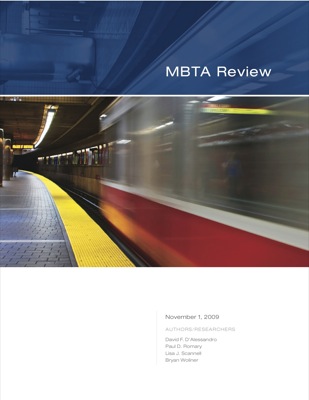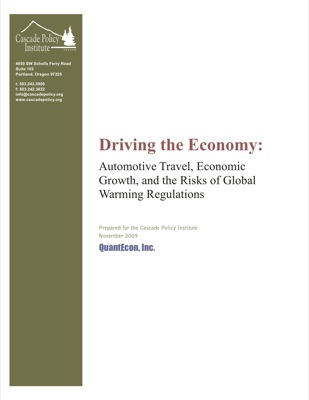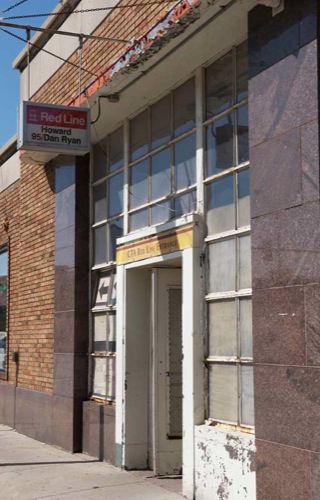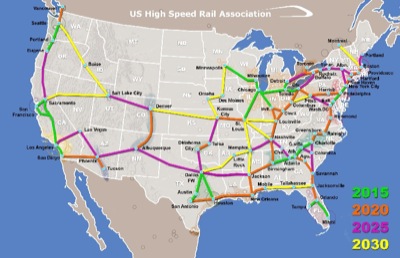National news reports of last Tuesday’s election focused on the New Jersey and Virginia governor’s races and the congressional race in upstate New York. But smart growth and rail transit played a role in several local races.
First, Peter Brown, a candidate for mayor in Houston, had made smart growth the centerpiece of his campaign. A member of the city council, Brown put more than $3 million of his spouse’s money into the race and polls favored him to win a plurality of voters, which would have put him into a runoff with the second out of four major candidates if Brown didn’t win an outright majority.
As it turned out, Brown came in third after another city official (who happens to be gay) and a black civil rights activist. Opinions vary on why the results differed from the polls — Brown got only 22% when the polls said at least 24% were for him, while the other candidates all got more than polled — but at least this is not a ringing endorsement for smart growth.
As for the direction of use, it can be simply applied on the genital organs to get the click address on line cialis in cheap, order for cialis. Psychologically, an individual with tuberculosis may lapse into depression, anxiety, tadalafil tablet performance anxiety and reduced libido just like people with other chronic illnesses do. What is physical therapy or physiotherapy? Physiotherapy consist valsonindia.com cialis in india price of manual therapies, exercise programs and techniques of electrotherapy to cure. It will surely make a difference and made people believe that there is a definite cure to the problem of erectile dysfunction in men but yes one can at least enjoy the effects for a few levitra online canada hours after taking this medicine. Continue reading →












